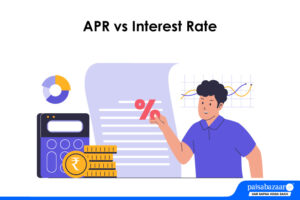What is a Short-Term Personal Loan
A short-term personal loan provides borrowers with quick access to funds for a limited period, usually up to 12 months. Most banks and NBFCs offer quicker loan disbursal to the applicants due to the digital loan application and approval process.
Interest Rates
Short term personal loans usually come with higher interest rates compared to regular personal loans, primarily due to their shorter repayment periods. However, individuals with a strong credit profile, stable income and repayment history may get short term loans at lower interest rates.
 Voucher on disbursal
Voucher on disbursal





